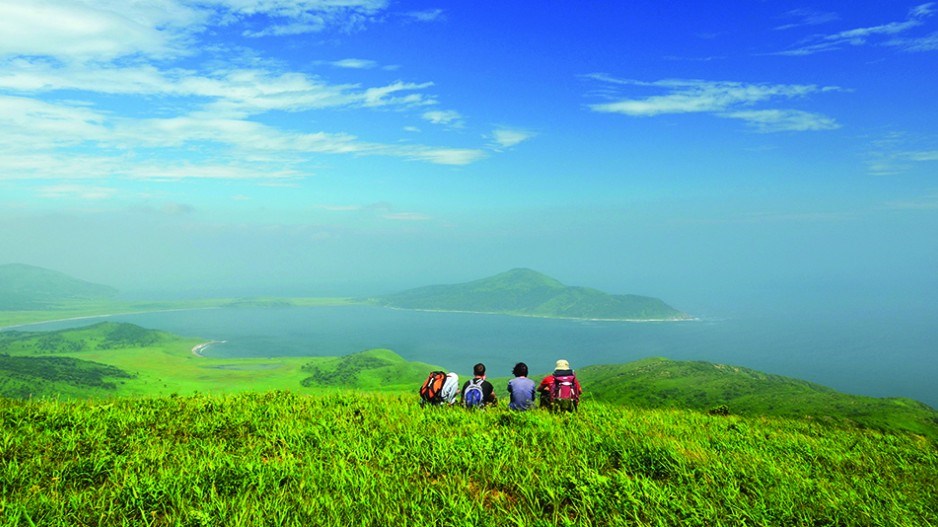Fretful about the dwindling population in its Pacific Far East, the Russian government is preparing to give away free hectare-sized homesteads to encourage an influx of pioneers from the country’s west.
The plan, announced in January by Deputy Prime Minister Yuri Trutnev, is aimed in part at countering an influx of Chinese illegal immigrants, who are drawn by the region’s abundance of agricultural land and natural resources. But Beijing’s state-controlled media sees the move more as an encouragement to Chinese to set up businesses and enterprises in the Russian Far East than as a hindrance.
Even though the homesteads will be available only to Russian citizens and they will be forbidden from selling their landholdings to foreigners, China’s media say it will be a simple matter for Chinese to lease the land.
The region covers 6.2 million square kilometres from Siberia in the west to the Pacific Ocean in the east and from the Arctic Ocean in the north to China in the South. The government, according to Trutnev, owns 614 million hectares of land in the region.
Russia’s 2010 census said the population of the Far East was 6.3 million, of whom three-quarters live in the cities, primarily the port of Vladivostok. But the population has been shrinking at an alarming rate as young people go to Moscow and the industrial cities of Russia’s west in search of work. According to some Russian government estimates, the population of the Far East region will be only 4.5 million this year. The homestead plan aims to boost the region’s population by five million.
But just over the border, in northeastern China’s Heilongjiang and Inner Mongolia regions, are 70 million people with too little land and resources. Since the collapse of the Soviet Union 25 years ago and the introduction of state capitalism in China, there has been a steady flow of Chinese crossing the border into the Russian Far East in search of opportunity.
The number of Chinese in the Russian Far East is probably 200,000 or 300,000, though some estimates, wildly inflated, put the number as high as five million. The exaggeration illustrates the apprehension among local Russians that they will be overwhelmed. There are sharp social tensions that sometimes boil over into violence. In recent years there have been several incidents in Vladivostok, for example, where Russian traders have attacked Chinese competitors.
The future of the Russian Far East has been a troublesome issue for Russian President Vladimir Putin since he came to power in 2000. He has staked his political reputation on the defence of Russia’s remaining territory after the loss of its Soviet empire. The depopulation of the Russian Far East is particularly troubling because much of this resource-rich region, including the Pacific Ocean warm-water ports of Vladivostok and Nikolayevsk, was part of the Manchu China-based empire until taken by threat of force by Russia in 1858 and 1860.
In his efforts to stave off depopulation, Putin has got Japanese and South Korean auto manufacturers to set up shop around Vladivostok. And he used the run-up to the 2012 Asia-Pacific Economic Cowoperation forum summit in Vladivostok as a reason to lavish at least $21 billion on building roads, bridges, airport terminals, universities and business districts. But all this starter fluid has failed to ignite the fire. The free homesteads are far more likely to attract Chinese pioneers than increasingly city-oriented Russians.
Jonathan Manthorpe ([email protected]) has been an international affairs columnist for nearly 40 years.




